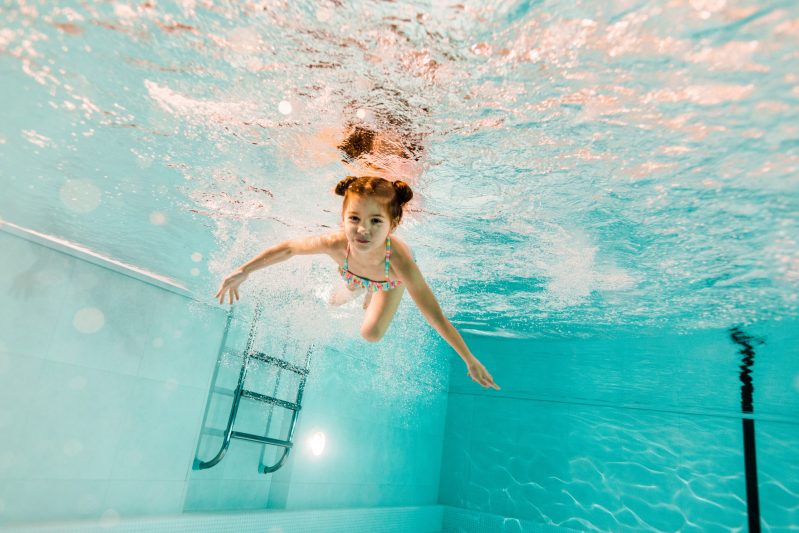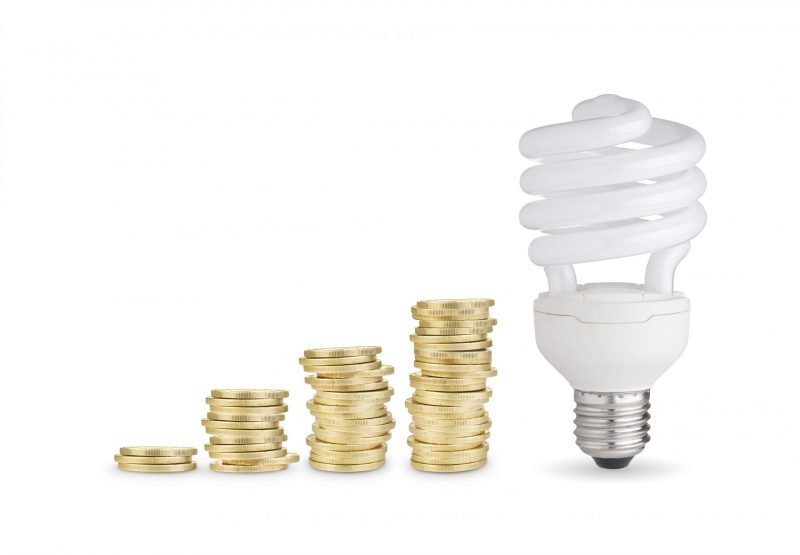How Pool Care Can be Green and Eco-Friendly

Are pool customers interested in sustainability? Consumers want to “go green” and here’s why you should jump on board.
For more than a decade, consumer attitudes and beliefs on the impacts of environmentally friendly behavior have become more important. Common goals for the sustainably-conscious customer include substituting non-green products for environmentally friendly products and optimizing energy savings by using Energy Star® certified products. For this article, sustainability refers to creating products and processes that have the least impact on the environment.
This could simply mean covering the pool in hot, arid climates (California, Arizona, parts of Texas) and during periods of non-use. Or it might mean upgrading to a new energy-efficient pool pump, and adding supplemental sanitizers to cut down overall chemical use and consumption. Or something else altogether.
Check out these ideas below for ways to help a pool “go green.” Bonus! In addition to promoting the preservation of our planet, you can use this list as a go-to reference for existing customer upsells.

No – not that kind of green pool!
Clean water solutions that are better for the environment!
Adding supplemental sanitizers including salt chlorine generators and AOP or ozone/UV disinfection systems has become a popular pool add-on request these days. Advanced sanitizers and chlorine generators are complementing systems that provide different benefits to the pool.
✅ Saltwater swimming pools create soft, comfortable chlorinated water using pure chlorine made right there on-site! Making your own chlorine is better for the environment too. Chlorine production requires a factory to mass produce tablets and liquid. It’s then shipped across the country traveling over congested highways by the truckload. There are only a few locations that manufacture most of the pool chlorine we use in the US. One hundred percent of this transportation burden is eliminated by a chlorine generator.
✅ Supplemental sanitizers like AOP, ozone or UV keep pool water cleaner and clearer, while reducing the overall amount of chemical needed to maintain clean water. A constant steady supply of chlorine is preferred over the peaks and valleys of chlorine levels normally associated with shock treatments. Fewer chemicals in the pool reduce the environmental impact and make the pool more “green.”
✅ When used together, saltwater chlorinators and AOP systems create a one-two punch to pool nasties while making the water crystal clear. AOP makes salt better by reducing overall chemical usage and allowing the salt chlorine generator to run less, extending the life of the salt cell.
✅ Powerclean Salt systems are also one of the most efficient chlorine generators, reducing waste and keeping products out of the landfill. Powerclean Salt chlorine generators dynamically adjust conductivity to extend the life of the cell. And to reduce waste during service, we added new serviceable cell plates that you can replace without throwing away the cord and electronics.

Everyone can appreciate clean clear pool water.
IS A POOL BAD FOR THE ENVIRONMENT?
You might ask, if someone is trying to go green, why would they have a pool at all? Contrary to what you might assume, a well-maintained swimming pool can be considered eco-friendly. Here are some reasons why:
- Production: Modern day equipment and technology allows us to use fewer resources to make many of the products and components related to pool care, which helps us reduce our carbon footprint.
- Draining a pool regularly is not necessary or even recommended unless there is serious structural damage to the pool, or in uncommon situations where the water is unsalvageable (after a wildfire for instance).
Part of the advantage of having a pool is not having a giant lawn full of grass and plants to keep watered and manicured. With grass comes pesticides & fertilizers, mowing also uses resources. You get the picture.
Here’s a testimonial from our own team: Vic Walker, Director of Marketing, found his home water bill went down considerably (compared to the previous year) after his pool was installed. Surprise! The pool actually reduced the amount of water used instead of increasing it.
Why is it better to cover your pool?
A pool cover (https://www.coverpools.com/products/) is the perfect way to keep a pool cleaner and safe. A well-fitted safety cover prevents the family swimming hole from becoming a trap for pets and wildlife. But a cover also has environmental benefits!
✅ A pool cover drastically reduces water loss due to evaporation. In colder climates, a cover also keeps heated pools from “bleeding out” energy.
✅ Covering the pool in the summer also dramatically reduces chemical use and consumption. Chlorine is destroyed by the sun and requires additional chemicals like cyanuric acid or “CYA” to keep it from quickly degrading on hot summer days. Using a pool cover, even during short periods of non-use, helps cut back on overall chemical usage (and storage).
DID YOU KNOW? Next Generation DEL AOP sanitizers feature patented Advanced Plasma Gap™ technology, with the latest models sporting the brand new APG 2 modules. All APG cells found in DEL systems feature corona discharge ozone—a more effective and efficient form of ozone that lasts longer and uses less energy for a higher output compared to UV ozone generators.
How can pool equipment like the pump and filter be more efficient?
Pool pumps push water through the pool’s circulation system. Outdated pumps use up a whole lot of juice. According to the EPA, the largest source of greenhouse gas emissions from human activity in the US comes from using fossil fuels for electricity, heat, and transportation. Energy Star® certified pumps help lower power consumption.
✅ Starting in July 2021, all new pumps will have to meet updated pool pump energy standards. These much needed regulatory changes will ultimately help lower our industry’s increasingly high energy usage and costs associated with pool pumps.
✅ Although the new regulations don’t specify a variable speed pump or “VSP,” nor do they outlaw single-speed pumps, the vast majority that meet the new requirements for in ground pools are VSPs. Unlike a typical pump, VSPs provide a lot of control over flow rate. By running at a lower RPM, the VSP saves energy—and saves the customer hundreds of dollars in power bills each year.
✅ Don’t forget your filters! Good filtration = cleaner water = less chemical. And filters and pumps go hand in hand. You can have a brand new pump, but without good filtration it’s all for naught. A well maintained filter can also help your customer achieve a more sustainable pool.

More efficient equipment and lights can save energy and money!
Upgrade pool lighting to reduce electrical use and cost
LED pool lights are the preferred technology over incandescent bulbs due to their durability, performance and efficiency.
✅ You can upgrade outdated pool lights to LED in no time with the latest pool LED lighting designs. LED lighting drastically reduces electrical waste and keeps old lighting out of landfills
✅ All Brilliant Wonders LED products are designed with front-side serviceability and feature Waterproof IP68 Quick Disconnect. You can remove or replace a light in minutes/ even seconds, all without tossing out hundreds of feet of cord. This both saves customers money and completely eliminates the majority of waste generated by most lighting replacements.
Give the people what they want with a more eco-friendly pool
Homeowners are increasingly looking for better ways to “get green” and incorporate sustainable technologies and products into their homes. Swimming pools and recreational space are an important part of that overall experience. Once full and properly maintained, a swimming pool can easily be made more sustainable and efficient.
Many of the existing ten+ million pools in the United States need updates—from drains to filtration systems and everything in between. These pools, and maybe even some of the newer ones, present the perfect opportunity for an eco-friendly makeover.
There are plenty of ways to help your customers who want to “go green.” If you’re up for a sustainability challenge, start with one of the eco-friendly recommendations above and get ready to build better pools, responsibly!

